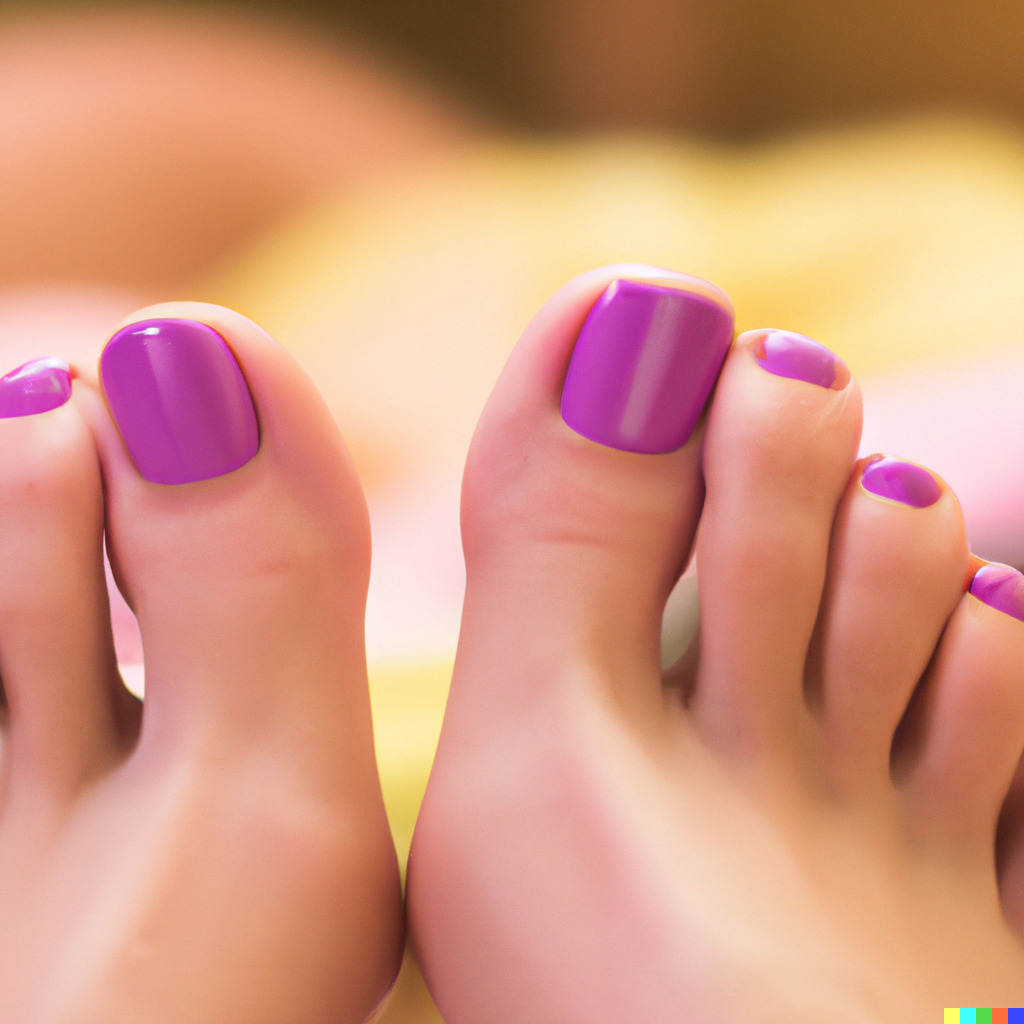With warmer temperatures ahead this week lets talk about…. the ‘Over Dug Nail Syndrome’?
Its a sunny week ahead and with sandals weather we will discuss the little recognised but often observed: ‘Over dug nail syndrome’.
We see many clients have pedicures and manicures sometimes even on a weekly basis. Without realising having this excessive amount of work can lead to nails that become very embedded into the sides (lateral nail folds) of the nails essentially a very pressed-in almost painful looking appearance. This condition usually affects all the nails and tends to be more commonly seen in the toenails.
People who always wear nail varnish, have the cuticles cut back and the sides overdug are the clients we see mostly affected by this condition. Their nails keep getting dug into which often results in excessive hard skin at the sides of their nails. It is also true that the nails conversely can become very much weakened and become overly serrated at the sides almost snapping off. We recommend certain serums for our clients with overdug nail syndrome.
Due to the repeated nail trauma if we can allow ideally at least 6 weeks of no nail varnish and no intervention would be a very first recommendation. Proper diagnosis is key to identify the underdiagnosed condition to then ensure the right steps are followed.
To prevent trauma to the nails and promote healthy nails the following tips can really improve their current condition:
- Manicures and Pedicures: If you regularly receive professional manicures/pedicures, ideally instruments have been properly sterilised. Bringing your own nail varnish is best practice. Avoid any cutting of the cuticles.
- Proper Nail Care: Keeping our nails at the free edge 1-2mm longer than the distal groove. Avoid cutting nails too close to the skin to prevent ingrown nails. https://www.thechelseaclinic.
uk/disappearing-nail-bed- syndrome/ - Food: Any foods rich in biotin (vitamin B complexes) are excellent.
- Regular Inspection: Regularly inspect your nails for any signs of trauma, infection or changes in color or texture.
- Consult a podiatrist. If you have existing nail conditions, it is better to consult a podiatrist for the correct diagnosis and appropriate treatment before it becomes too problematic or develops into something more serious.
Other tips and information about maintaining nail health:
- Gentle Nail Care: Avoid using harsh chemicals and overusing nail polish removers, as they can weaken and dry out your nails.
- Moisturize: Applying a moisturizer or cuticle oil to your nails and cuticles can help keep them hydrated and prevent dryness. This can also promote healthy nail growth.
- Hydration: Staying hydrated is important for maintaining the health of your nails and skin. Drink an adequate amount of water daily to prevent dry, brittle nails.
Remember that healthy nails are an important part of overall well-being. By following these safety precautions and practicing good nail hygiene, you can help prevent nail trauma and maintain strong and healthy nails.
Nail changes can sometimes be indicative of more serious underlying health issues. Our nails reveal clues to overall health. Learn more about nail health here.
Fun fact: Would you believe that the longest recorded nails on a person measured over 8 feet long?
Are you suffering from any nail condition? At The Chelsea Clinic, we can help. One of our podiatrist can assist and then recommend what treatments are best to get you back on track. Podiatrist South Kensington
Schedule an appointment here or you may call us at +44 (0) 207 101 4000.
We hope you have a feetastic day!
-The Chelsea Clinic and Team




